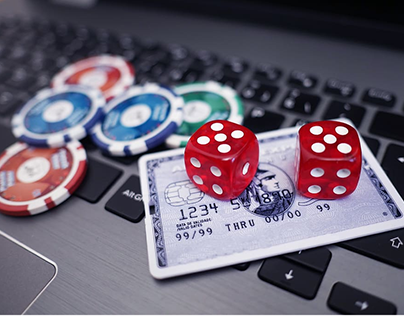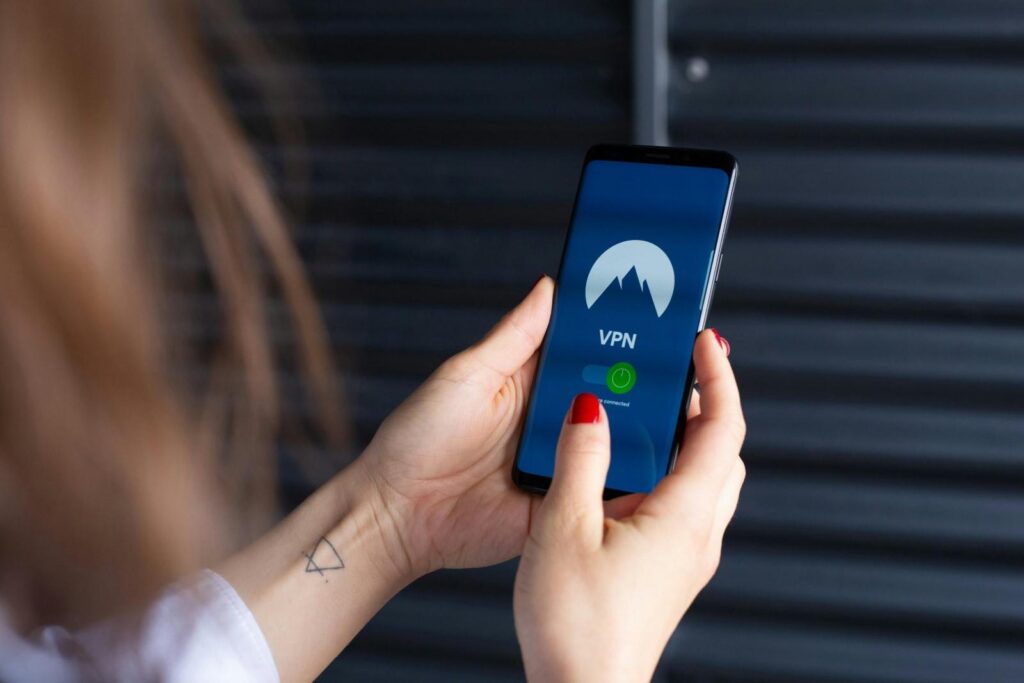In a time when everyone streams music off their phones, vinyl records are enjoying an unlikely comeback. What was once dismissed as old technology has become a status symbol. Vinyl record sales in the U.S., measured by the Recording Industry Association of America (RIAA), passed CDs in 2020 for the first time in more than 30 years. It’s not about music; it’s about memory, integrity, and the tactility digital copies can’t provide. For more culture and technology insights like this, visit news loop wire.
Why Vinyl Still Resonates
Tangibility and Ritual
Digital playlists are handy, but they’re transient. Vinyl provides something physical: pulling a record from its cover, dropping the needle, and experiencing the first crackle before the music begins. That ritual unites fans with the process of listening to music as opposed to using it as background noise.
Superior Artwork
Record covers are frequently also works of art. Consider Pink Floyd’s Dark Side of the Moon or Kendrick Lamar’s To Pimp a Butterfly. These are big, graphic covers that grab your eye. Streaming thumbnails can’t measure up.
Emotional Pull of Nostalgia
Even younger listeners, who grew up never knowing vinyl, yearn for a slice of cultural heritage. Possessing records is like accessing the same experience that their parents or even grandparents used to enjoy. It’s not about eschewing new tech but about countering it with something earthy and tangible.
Use Cases for Vinyl Today
Collecting and Display
Vinyl has become a pastime for many. Record collectors scour for limited editions, colored pressings, and reissues. A white-label, first-pressing copy of The White Album by The Beatles sold for more than $700,000, evidence that records can be keepsakes and investments.
Social Experience
Playing a vinyl record frequently makes listening a social affair. In contrast to streaming, which is solitary and mobile, records invite individuals to cluster around a turntable. Friends riffing through a crate, arguing over what to put on next, is something Spotify just can’t offer.
Audiophile Appeal
Vinyl aficionados contend that the analog format has warmth and richness sacrificed in compressed digital. True to some extent, the ritual and the defects, small pops and hisses, call forth a listening environment that is alive.
Interior Design and Lifestyle
Records are used as décor. A turntable in the corner, a wooden crate of albums, and a couple of sleeves stacked against the wall indicate both taste and identity. Vinyl is not only music; it is a lifestyle accessory.
How to Build Your Vinyl Experience
Step 1: Choose a Turntable
Begin with an entry-level turntable such as the Audio-Technica AT-LP60X (approximately $150). In the event you desire an upgrade, Pro-Ject and Rega have models that are favored by aficionados. Seek out adjustable tracking force, integral preamps, and replaceable cartridges.
Step 2: Find a Good Setup Spot
Turntables require flat, vibration-free surfaces. Position yours out of direct sunlight and heat. The addition of isolation pads or a weighty base can reduce skips and enhance sound.
Step 3: Build a Starter Collection
Start with 5–10 records you know you’ll play frequently. Reissues of vintage favorites such as Fleetwood Mac’s Rumours or contemporary faves such as Adele’s 21 are cheap and easily found. Local record stores tend to have $1–$5 bins for gems.
Step 4: Learn Basic Care
Dust is vinyl’s worst enemy. Buy a carbon fiber brush and a basic cleaning solution. Always handle records by the edges, and put them back into their sleeves afterwards. Take care and your albums will last decades.
Step 5: Explore Beyond the Obvious
Once you’ve built a foundation, branch into niche genres or live pressings. Many artists release vinyl-exclusive editions with bonus tracks or alternate artwork. The hunt becomes part of the fun.
Vinyl vs. Digital: A Comparison
Sound: Vinyl provides warmth, texture, and analog flaws, whereas digital delivers clean, compressed, and ultra-convenient listening anywhere.
Portability: Vinyl is heavy and needs physical storage. Digital is in your pocket, available instantly on any device.
Ownership: With vinyl, you possess a physical object. Digital music is usually just licensed access, not real ownership.
Cost: Newly released vinyl albums range from $20–$40 each. Streaming averages $9.99 per month for millions of songs.
Experience: Listening to vinyl is ritualistic and engaging. Digital, though convenient, tends to be background passive noise.
Common Mistakes and How to Avoid Them
Buying a Cheap “Suitcase” Player
All-in-one players tend to ruin records. Solution: purchase a good entry-level turntable with adjustable features.
Storing Records Incorrectly
Horizontal stacking warps vinyl. Store them vertically, tightly but not overly tight, in a temperature-regulated room.
Neglecting Cleaning
Dust accumulates rapidly. Brush quickly before and after playback to maintain sound quality and avoid long-term deterioration.
FAQs
Is vinyl actually higher quality than digital?
Not necessarily. Vinyl is warm and has personality, but digital files can be technically superior at high resolution. It’s a matter of taste.
How much does it cost to get started?
An entry-level setup should be around $200–$300, with a turntable and some records. From there, it’s how far you go.
Do you find modern artists on vinyl?
Absolutely. From Billie Eilish to Harry Styles, most major artists release vinyl editions of their albums.
Do vinyl records last forever?
With proper care, yes. Many records from the 1960s still play perfectly today. Mishandling, heat, and dust are the real threats.
Where’s the best place to buy records?
Independent record stores, thrift shops, and online retailers like Discogs and Bandcamp are popular sources.
Is vinyl eco-friendly?
Not really. PVC is not the most eco-friendly material. But a secondhand purchase is an environmentally friendly option.
Conclusion
Vinyl’s revival is not about the renunciation of digital ease; it is about the adoption of something that digital cannot provide. The hiss of a needle, the weight of an album cover, and the thrill of browsing through piles in a dirty store are things that ground music in remembrance. Nostalgia might drive the revival, but vinyl’s future is less fad and more durable niche in contemporary listening.





